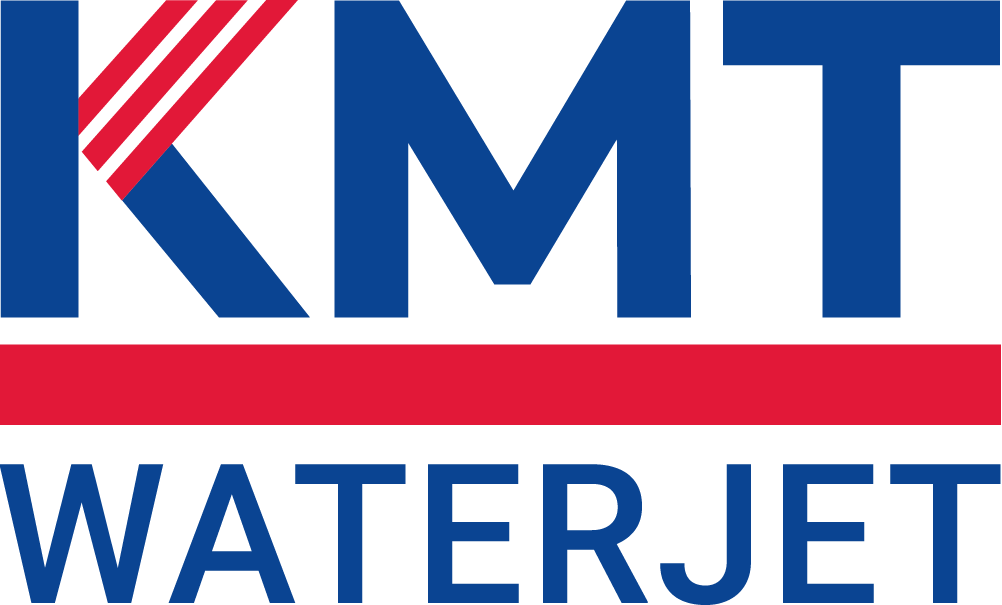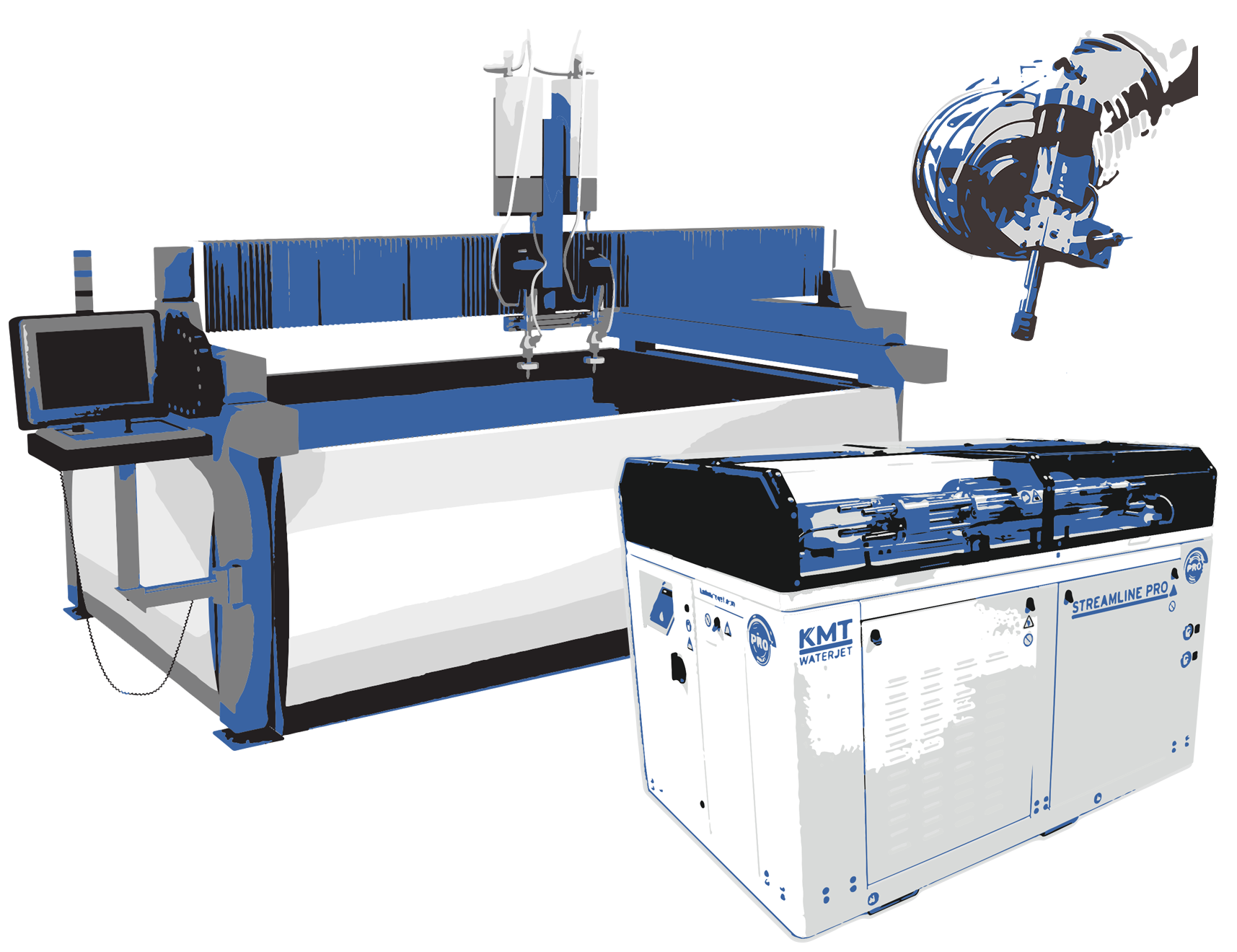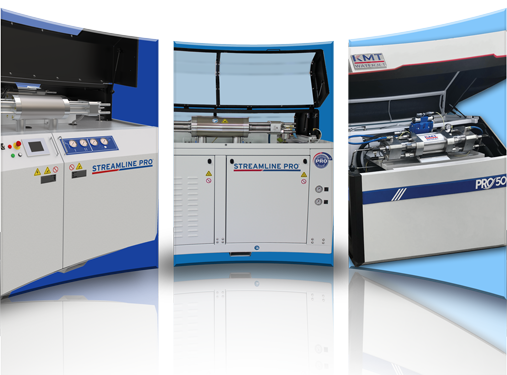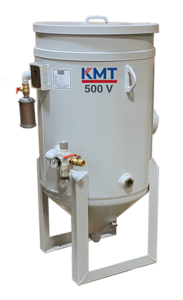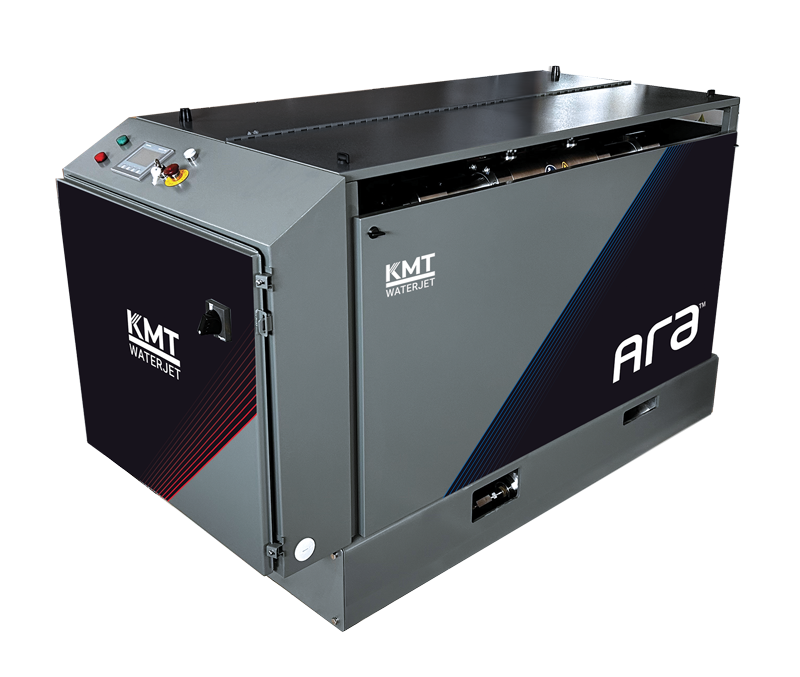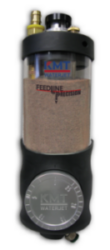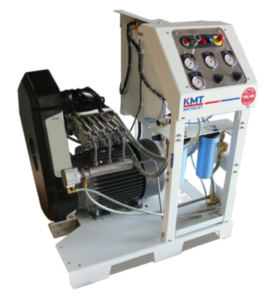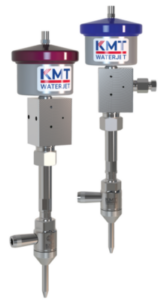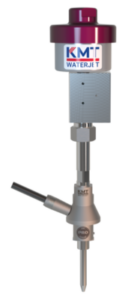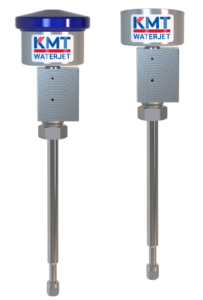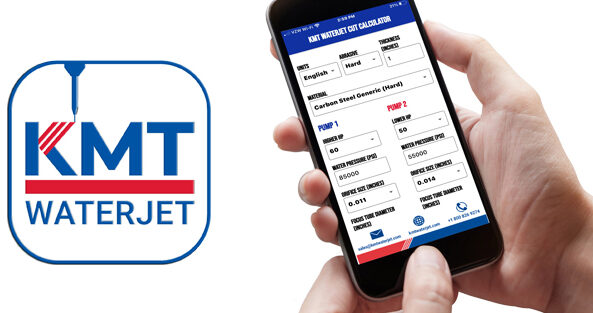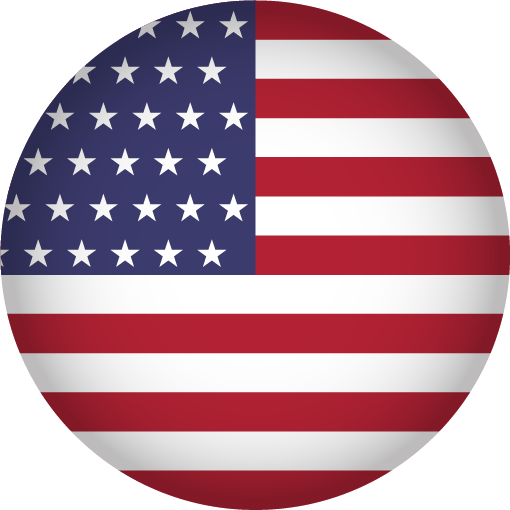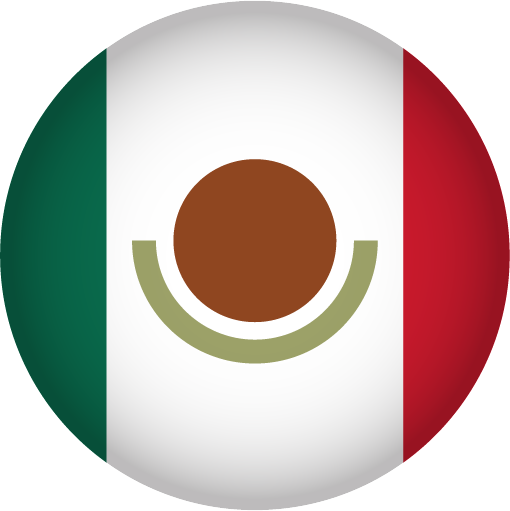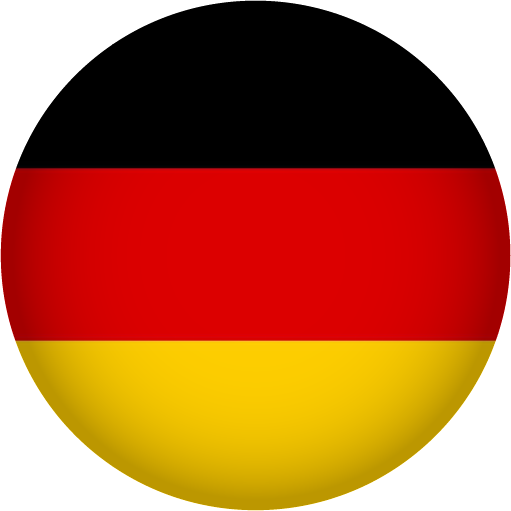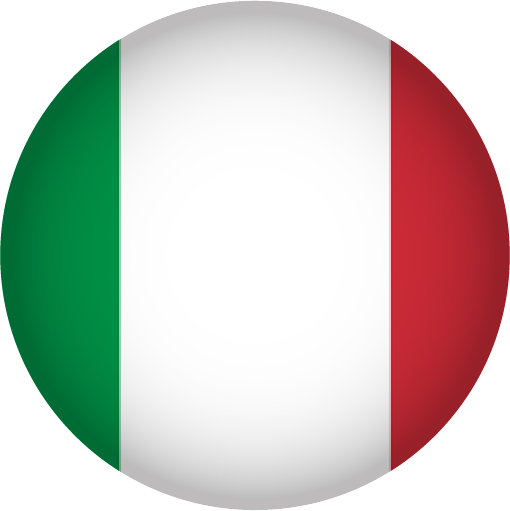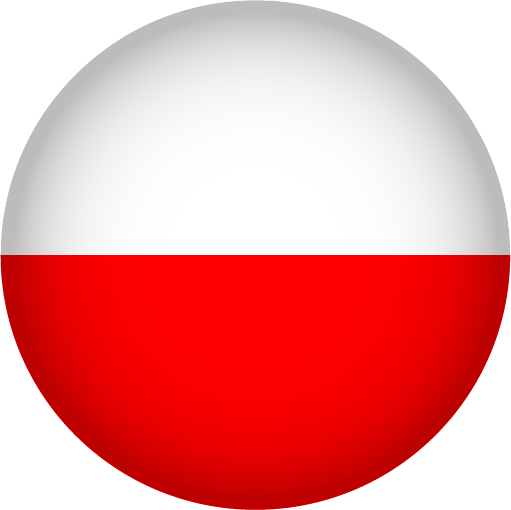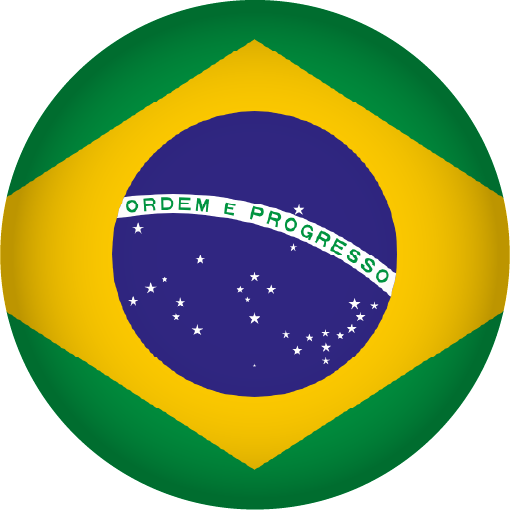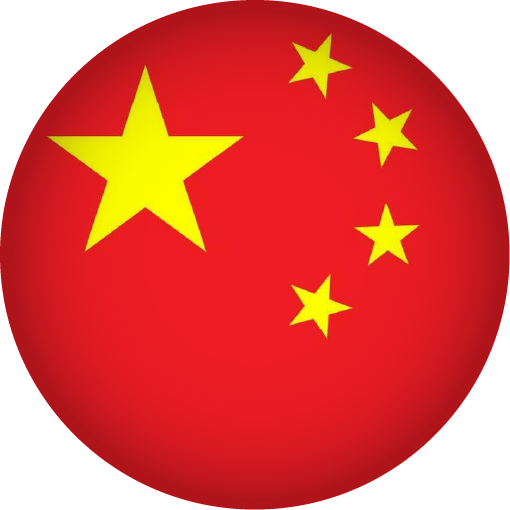
The market for waterjet-cutting technology (i.e., high-pressure water jets, often with abrasives) is healthy and expanding — and several specific niches are showing especially strong growth. Below are seven growing niches you might focus on if you’re considering investment, manufacturing, services, or fabrication work in this space — each with a brief description of the opportunity and supporting evidence.
1. Aerospace & Defense / Advanced Materials
Why this niche is growing:
- The need for high-precision cuts in hard or exotic materials (e.g., titanium, composite laminates) in aerospace and defense strongly favors waterjet technology because it avoids heat-affected zones. Grand View Research+2Global Growth Insights+2
- Reports show that aerospace & defense end-use sectors are among the fastest-growing for waterjet machines. Grand View Research+1
- In North America, aerospace and defense are specifically called out as major users of waterjet cutting. Mobility Foresights+1
Implications / tips: - If you work with composite wing skins, engine components, structural laminates, or defense system parts, investing in high-precision / 5-axis waterjet systems will pay off.
- Emphasize the material integrity (no thermal damage) and little, to no, second operations benefit in your value proposition.
- Ensure your machine specs support the thickness, hardness, and size of parts used in aerospace/defense.
2. Electric Vehicles / Automotive Lightweighting
Why this niche is growing:
- The automotive industry (which accounts for a large share of waterjet usage) is shifting toward lighter materials (aluminum, composites) especially in EV’s — which require precision cold-cutting technologies. Grand View Research+1
- The waterjet market report names automotive as the largest end-use segment (~27.97% in one study) in 2022. Grand View Research
Implications / tips: - If you’re in the supply chain for battery covers, frame structures, composite interior panels, you can position waterjet cutting as the fabrication method of choice.
- Marketing your capability to handle softer materials (foam, insulation), as well as metals and composites, gives extra differentiation.
- Be aware of cost pressures in automotive — turnaround time, nesting efficiency, automation count.
3. Architecture / Stone / Glass Art / Custom Design
Why this niche is growing:
- The construction and design world increasingly uses waterjet systems for cutting stone, ceramics, glass and making custom decorative parts where precision and non-thermal cutting are beneficial. Grand View Research+1
- One data source shows “glass/metal art” as the largest application category by share in 2022. Grand View Research
Implications / tips: - If you serve architectural millwork, luxury interiors, signage, or art installations, waterjet cutting offers a compelling value proposition (intricate patterns, multiple materials, minimal finishing).
- Consider offering “design + cut” services (CAD nesting, pattern creation) because custom work in this niche tends to value flexibility and complexity.
- This niche often supports premium margins than standard production; but also requires more custom project management.
4. Medical Devices / Micro / Ultra-Precision Cutting
Why this niche is growing:
- The push toward miniaturized, high-precision parts in medical devices, electronics, aerospace drives demand for micro-waterjet cutting systems (very fine tolerances). qomoinno.com+2Grand View Research+2
- One report highlights that pure waterjet (for softer materials) is growing and is used in e.g., medical/foam/packaging segments. Grand View Research+1
Implications / tips: - If you serve surgical tools, implants, electronics, this niche demands exacting tolerances, traceability, and often clean-room or hygienic processes.
- Machine investment here may be higher (special micro heads, finer abrasives, quality control). But the value per part is higher.
- Consider partnerships with device engineers to capture new part designs early.
5. Foam, Packaging, Insulation & Soft Materials
Why this niche is growing:
- Pure-water jets (without abrasives) are increasingly used for softer materials such as foam, gaskets, insulation boards — where the clean cut and lack of heat are major advantages. Grand View Research+1
- The foam-product segment in one study is projected to grow fastest (5.3% CAGR) in the waterjet machine market. Grand View Research
Implications / tips: - If you’re in packaging, cushioning, insulation, electronics foam, this is a sweet spot: lower material cost, less demand for ultra-hard cutting surfaces, but high throughput.
- Emphasize productivity, nesting efficiency, minimal secondary finishing.
- Because competition may be less intense than for metal cutting, there may be room for smaller, lower-cost machines or local service providers.
6. Composite Materials & Renewables (Wind, Solar, Marine)
Why this niche is growing:
- Renewables (wind turbine blades, solar panel frames), marine composites, and general composite material fabrication are pushing demand for waterjet systems because many composites can’t handle heat-intensive cutting methods. Mordor Intelligence+1
- The materials segment in one study shows plastics/composites/foams rising faster than metals. Mordor Intelligence
Implications / tips: - Target fabricators of wind- or solar-structures, marine parts, or other composite parts. Emphasize capability to cut composite laminates, thick hand laid fiber/fiberglass, etc.
- Equipment must accommodate large parts, or at least sheet sizes used in those industries.
- Partnerships or certification (for wind-turbine part supply) could help establish credibility.
7. Smart Manufacturing / Automation & Industry 4.0 Integration
Why this niche is growing:
- The upgrade of waterjet machines to include AI, IoT sensors, predictive maintenance, robotic arms, 5-axis cutting, etc., is a strong trend. Verified Market Reports+1
- According to reports, buyers are increasingly selecting systems with smart controls, water recycling, multi-axis heads etc. Global Growth Insights
Implications / tips: - If you supply machines or services, offering integrated automation (robotic loading/unloading, path-optimization, software) will differentiate you.
- For a cutting machine shop, promoting “lights-out” or high-mix low-volume capability via automation can attract advanced manufacturer clients.
- Sustainability features (water recycling, abrasive recycling, minimal waste) increasingly matter — market that as part of the offering.
For help in implementing these waterjet applications into your business, please fill out the Contact Request form at the bottom of this page and a KMT representative will contact you shortly.
